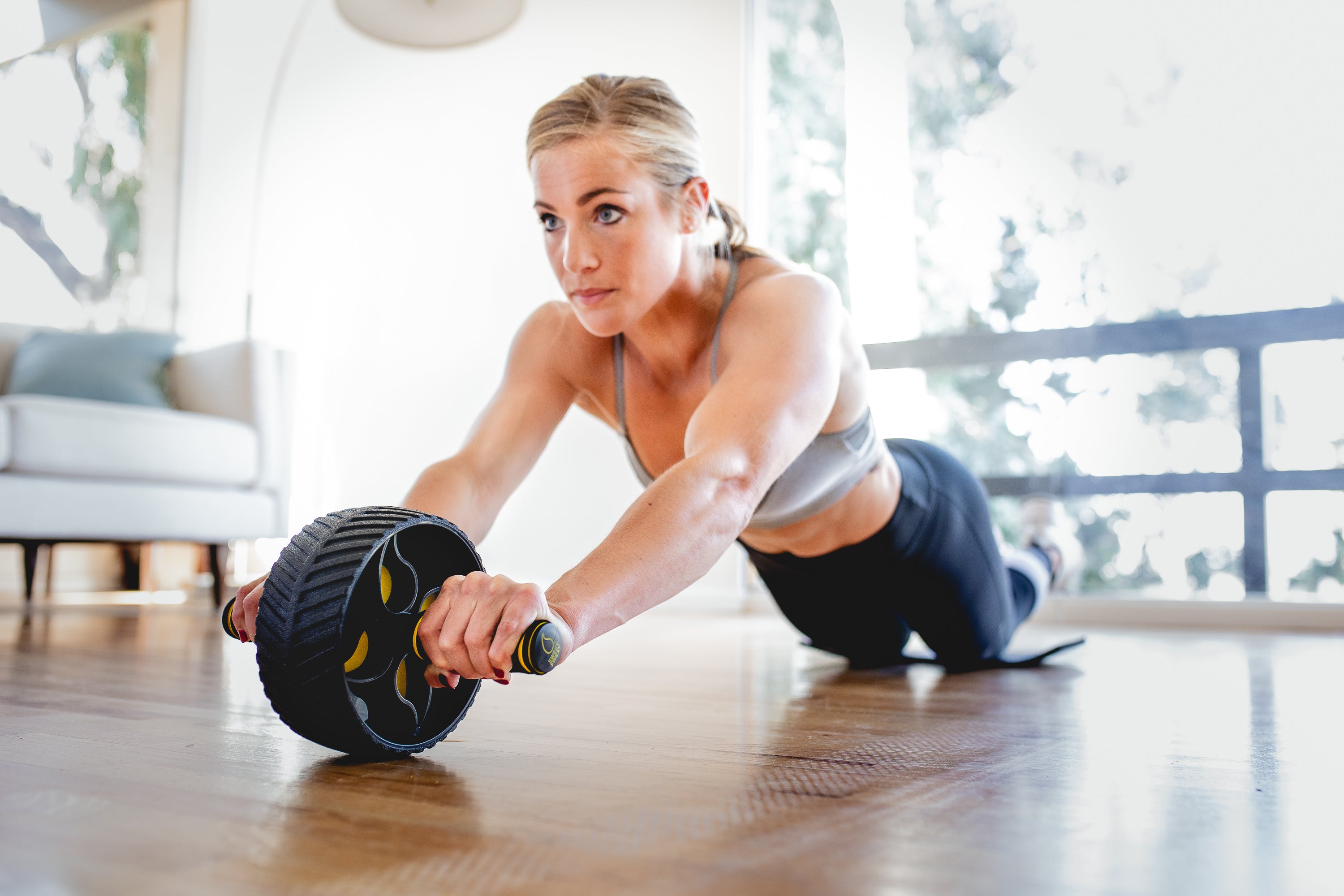Beating the Slump—Tips for Improving your Posture

Teaching your body proper posture is like relearning to type with two hands after first learning to type with one. We know it may be better for us in the long run—so the adults say—but trying feels so uncomfortable.
Old habits don’t always have to die hard, though. Check out these tips for getting posture that’ll make your mama proud:
1. Learn what good posture really feels like.
Although it may be the gist of it, good posture means more than just “standing up straight.”
Yes, stand up straight and tall—but also:
- Roll your shoulders back
- Engage your core and glutes (this part sucks, but it’s important. And you’ll get used to it.)
- Keep your feet about shoulder-width apart
An easy way to discover what vertical alignment feels like is to stand with your head, shoulders, and back against a wall, with your heels about 6 inches in front of the wall. Tighten your core to bring your lower back closer to the wall—then push away and hold this posture.
You did it! Now, how can we maintain this?
2. Employ ergonomics.
Ergonomics is the study of people’s efficiency in their working environment—which, here, we are most concerned with the physical branch.
If you work at a computer— sit on a comfortable chair that supports your spine with your back pushed all the way back against the backrest, set your desk at a height where you can type at a neutral position* or try a standing desk, with your monitor about an arm’s length distance away.
Also, make sure to move around every once in a while! Sitting properly is good. Sitting properly for three hours straight – not so good.
*Most desks are actually set at a height for people 5’10” and above. Who knew?
3. Strengthen your core.
Engaging your core is a key step in aligning your spine and pelvis properly.
One of the best ways to strengthen your core for posture is to use an ab wheel, since it targets both the muscles in your abs and lower back. You can get the 411 on proper ab wheel usage here.

4. Use resistance bands.
Like your core, your shoulders are a major player in the posture game. Resistance bands are a great way to correct rounded shoulders by encouraging strength training using a full range of motion.
Rounded shoulders often come from a combination of tight chest muscles and weak muscles around the shoulder blades. To counteract this— try some upright rows, shoulder presses, and reverse flys.

If you employ these tips and tricks—you’ll be walking straighter than the ladies of Bridgerton in no time.
This article was written by Melissa Pelowski.




